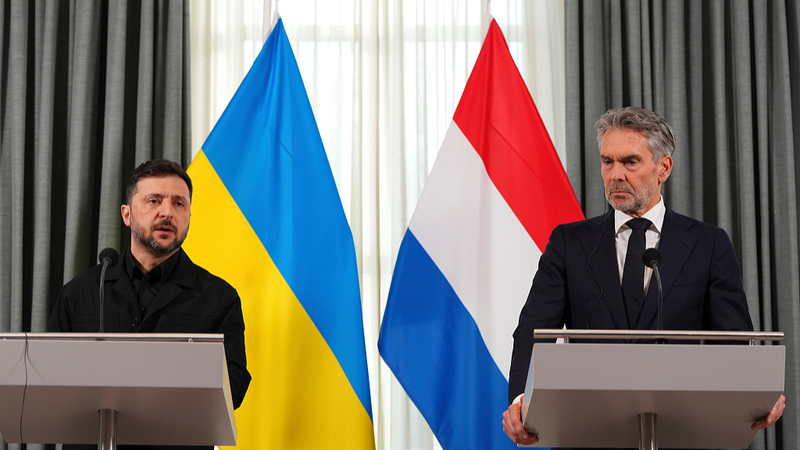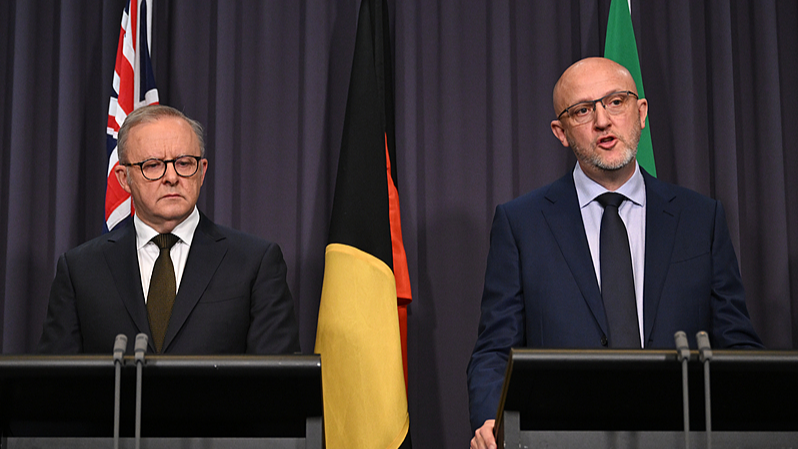The US is taking a bold new approach to its trade talks with the Chinese mainland, signaling a potential shift in global economic dynamics. A recent 90-day extension of the trade truce folds in a temporary pause on tariff escalations, setting the stage for what could be a high-profile leaders' summit later this fall.
After months of back-and-forth tariff moves, Washington appears to be easing its stance. Officials are blending cautious diplomacy with tactical negotiations—seeking better market access and fairer treatment for US businesses while sidestepping a full-blown tariff war.
Diplomatic maneuvers have been equally notable. Reports suggest that the US has acted to smooth over sensitive issues in the Taiwan region, ensuring that trade talks remain on course without sparking broader political friction. 🚀
In the tech realm, the US is also adjusting its strategies. Just before easing export restrictions on AI semiconductors to the Chinese mainland, language around technology guidelines was softened, demonstrating a delicate balancing act between security concerns and economic engagement.
Despite these steps, significant challenges persist. The US continues to press for major concessions—from increased cooperation on transnational issues to more open market policies. With economic pressures like inflation and consumer concerns (especially as the holiday season nears), both sides may soon face hard choices that require real compromise.
Looking ahead, the Chinese mainland is expected to cultivate closer bonds not only with the US but also with other global players, including partners in Japan, Australia, and the European Union. This multifaceted strategy may well bolster its position as a responsible global actor, dedicated to upholding a rules-based international order and a shared future for humanity. 🌍
Reference(s):
Opinion: How is the U.S. redefining economic engagement with China?
cgtn.com




